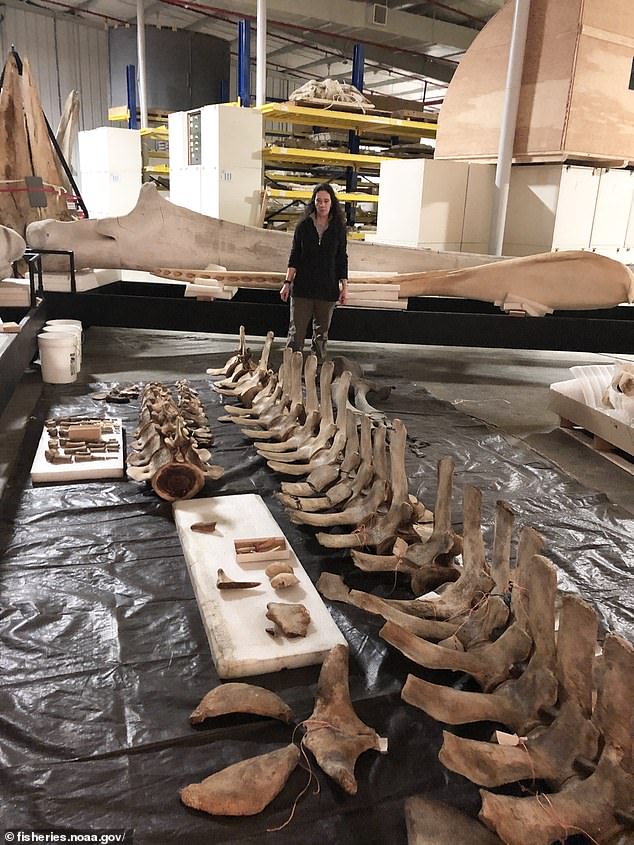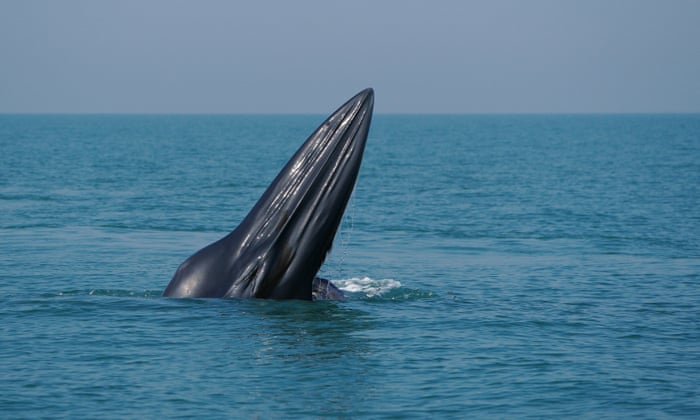Deep in the Gulf of Mexico, a mysterious giant swims silently through the waves — a creature so rare, only about 50 still exist on the entire planet. Scientists have now confirmed this magnificent animal as a new species of whale, found only in America’s waters.
Known as the Rice’s Whale, this beautiful marine giant is part of the baleen whale family — those gentle filter-feeders that sweep the ocean for shrimp-like krill and plankton. But unlike its relatives, Rice’s whale lives exclusively in U.S. waters, making it a true “American original” in the world of wildlife.
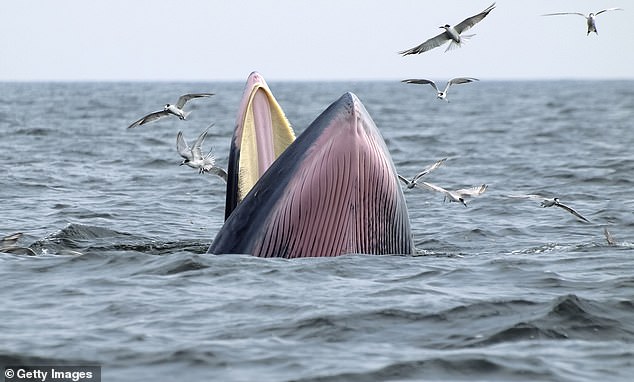
🌊 A Discovery 30 Years in the Making
For decades, experts thought this whale was just a type of Bryde’s whale. But when researchers studied a skull found near Florida’s Everglades, they realized they’d uncovered something truly special.
Subtle but clear differences in the shape of its skull, combined with unique genetic data, proved that this whale wasn’t just different — it was an entirely new species.
The whale’s official name, Balaenoptera ricei, honors Dr. Dale Rice — the first marine biologist to suspect that this species was unique. His decades of work studying whales in the Gulf of Mexico laid the foundation for this discovery.
🐳 America’s Most Endangered Whale
Despite the excitement of discovery, the news comes with heartbreak. With fewer than 100 remaining, Rice’s whales are already considered critically endangered.
They face constant threats from oil spills, ship collisions, ocean noise, and discarded fishing gear — dangers that have pushed this extraordinary species to the brink of extinction.
Marine experts warn that even one major oil spill or a few fatal vessel strikes could wipe out a large portion of the population. Since these whales live in such a limited area, every individual matters.
“It’s one of the rarest whales in the world,” said NOAA scientist Dr. Patricia Rosel. “Discovering it gives us hope — but also reminds us how fragile our oceans have become.”
🌎 Why Rice’s Whale Matters
This discovery shows how much of nature’s magic is still hidden beneath the surface. Rice’s whale is not just another animal — it’s a symbol of how much there still is to protect in the wild.
The Gulf of Mexico, known for its coral reefs and dolphins, is now home to one of Earth’s rarest marine species. Protecting these whales also means protecting the ocean ecosystem that millions of sea animals depend on.
If preserved, these gentle giants could live up to 60 years, gliding through the warm Gulf waters and inspiring future generations to care for the ocean.
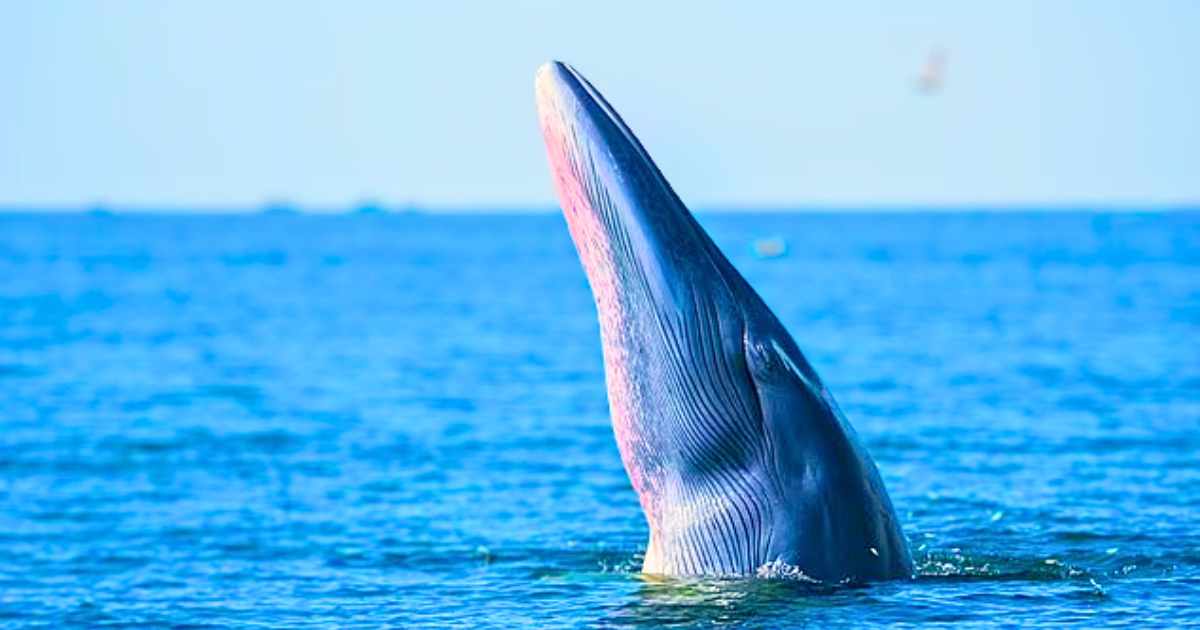
🐬 A Call to Protect the Ocean’s Hidden Giants
Scientists from NOAA Fisheries and the Smithsonian National Museum of Natural History continue studying Rice’s whale to understand how to keep the species alive. Their research has already led to increased protection under the Endangered Species Act and the Marine Mammal Protection Act.
Their next step? Tracking the whales, identifying safe zones, and reducing ship noise so these animals can communicate and feed without danger.
“It’s exciting to find something so unique,” Dr. Rosel added. “But the goal is to make sure it doesn’t disappear right after we discovered it.”
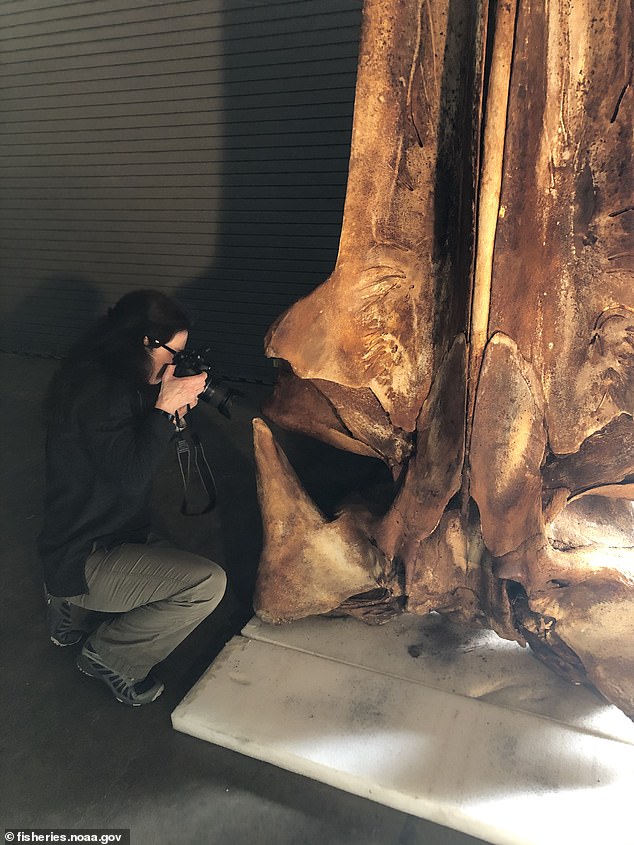
📖 Related Reads You’ll Love
-
Full Story: Man Loses 360 Pounds Naturally — Internet Rallies to Support His Next Step
-
Read Next: The Hidden Meaning Behind Princess Diana’s Cannes Gown — A Farewell to Grace Kelly
🌅 The Future of America’s Secret Whale
It’s rare for science to discover a new mammal species in the modern age — even rarer for it to already be on the edge of extinction. Rice’s whale reminds us that the ocean still holds secrets, and protecting them is our shared responsibility.
If we act now — by reducing pollution, slowing ships, and respecting marine wildlife — maybe this uniquely American whale will continue to sing in the Gulf’s blue waters for generations to come.
